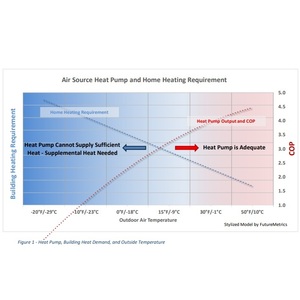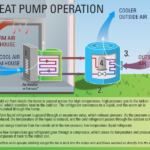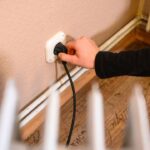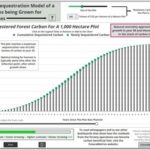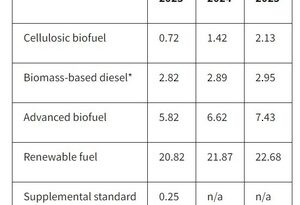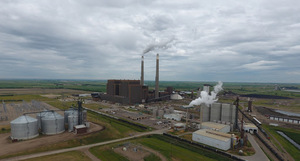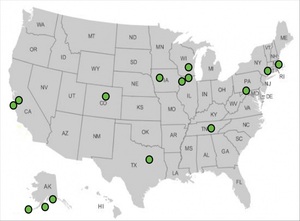FutureMetrics compares costs of heat pumps, pellet appliances
Energy Disrupter
ADVERTISEMENT
FutureMetrics LLC on Sept. 17 published a new white paper that shows modern wood pellet fueled central heating systems can be a more affordable heating option than heat pumps for buildings in some climates.
The white paper, authored by FutureMetrics President and Founder William Strauss, explains that heat pumps provide heat in the winter and cooling in the summer. The appliances, powered only by electricity, are relatively low cost to purchase, easy to install, and can have a positive net impact on carbon dioxide emissions. Despite these benefits, heat pumps in some colder climates cannot deliver enough heat when needed. Depending on the cost of electricity, they may also be a more costly heating solution when compared other options, including modern wood pellet appliances.
In the white paper, Strauss provides an overview of how heat pumps work, noting they work like a reverse refrigerator or air conditioner by transferring heat in the outside air into the building. Optimally designed systems are very good at this as long as the outside air is not too cold, he said. With moderately cold air, Strauss said moder heat pumps can produce 4 to 5 kilowatt hours (kWh) of heat for each kWh of electricity consumed. As the outside air gets colder, however, it takes more and more electricity to extract each kWh of heat. The exact temperature at which a heat pump can no longer supply sufficient heat to a building depends on many factors, including building insulation. Most residential sized heat pumps cease to operate when the outside temperature drops below -13 degrees Fahrenheit, according to Strauss.
There are several regions of the U.S. where buildings with heat pumps must have a secondary source of heat. In some of these areas, such as main Maine, there is little access to natural gas and that secondary source of heat often comes from propane- or fuel oil-fueled systems.
“Natural gas is currently the most economical heating fuel,” Strauss wrote. “But it is not an option for tens of millions of homes and businesses that are not connected to a pipeline. In many of those jurisdictions, there is both private sector and public sector advocacy for the installation of heat pumps as a lower cost option to heating oil (and propane).
“What is almost universally not considered by policymakers and the public in North America is the value of using modern high efficiency, fully automatic, and very low emissions, wood pellet fueled central heating systems,” he continued. “These appliances are common in many European countries but are not common in the U.S. and Canada.”
The white paper illustrates how significant cost savings can be achieved in heating buildings with pellet-fueled central heating systems versus heating pumps in locations with very cold winter temperatures. Using data focused on the community of Old Town, Maine, Strauss shows that heating a home solely with a pellet-fueled central heating system could cost approximately $291 per year less than using a heat pump with a backup heating oil option, accounting for approximately 9.3 percent in annual savings. Heating with oil alone would cost nearly $1,300 more annually than the wood pellet system.
A full copy of the white paper is available on the FutureMetrics website.

